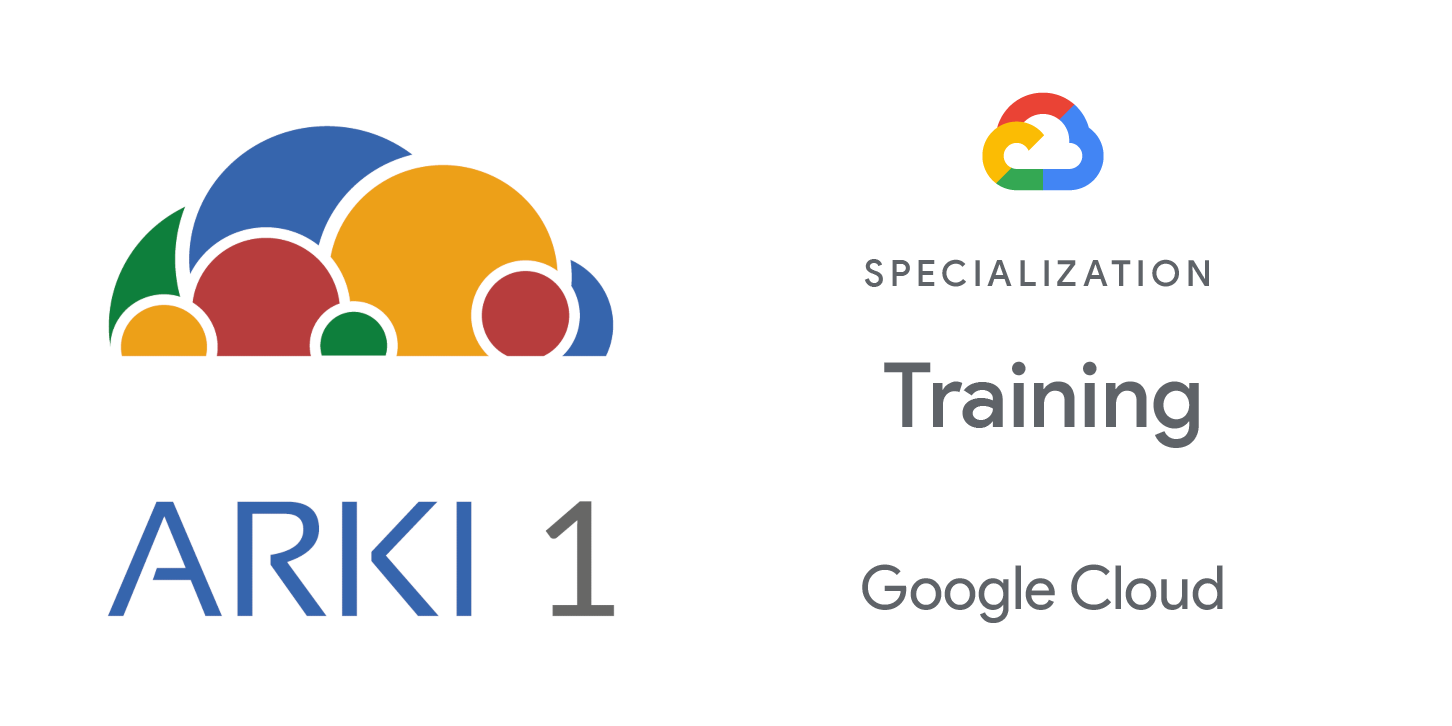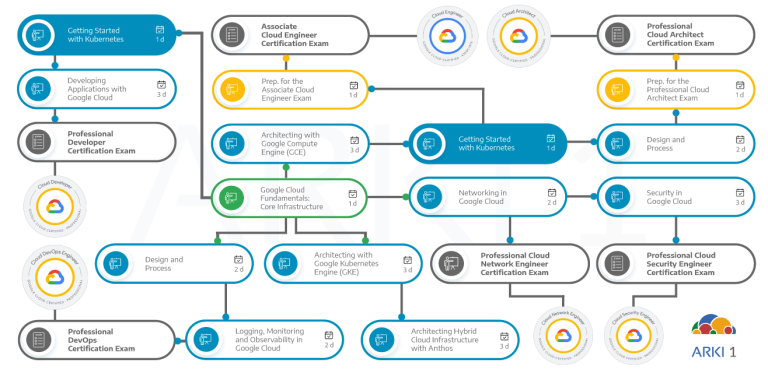This course will teach you how to containerize workloads in Docker containers, deploy them to Kubernetes clusters provided by Google Kubernetes Engine, and scale those workloads to handle increased traffic. You’ll also learn how to continuously deploy new code in a Kubernetes cluster to provide application updates.
Objectives
In this course, participants will learn the following skills:
- Understand how software containers work.
- Understand the architecture of Kubernetes.
- Understand the architecture of Google Cloud.
- Understand how pod networking works in Google Kubernetes Engine.
- Create and manage Kubernetes Engine clusters using the Google Cloud Console and gcloud/kubectl commands.
Audience
This class is intended for the following participants:
- Application developers, Cloud Solutions Architects, DevOps Engineers, IT managers.
- Individuals using Google Cloud to create new solutions or to integrate existing systems, application environments, and infrastructure with the Google Cloud.
Prerrequisites
To get the most out of this course, participants should:
- Basic proficiency with command-line tools and Linux operating system environments, as well as Web server technologies such as Nginx.
- Systems Operations experience including deploying and managing applications, either on-premises or in a public cloud environment.
Duration
8 hours
Investment
Check the next open public class in our enrollment page.
If you are interested in a private training class for your company, contact us.
Course Outline
This course includes presentations and hands-on labs.
- Identify Google Cloud services and their function.
- Choose the right Google Cloud services to create your own Cloud solution
- Create a Container using Cloud Build.
- Store a Container in Container Registry.
- Compare and Contrast Kubernetes and GKE features.
- Conceptualize the Kubernetes Architecture.
- Deploy a Kubernetes Cluster using GKE.
- Deploy Pods to a GKE Cluster.
- View and Manage Kubernetes Objects.
- Conceptualize the Migrate for Anthos process
- Understand the Kubectl command.
- Understand how Deployments are used in Kubernetes.
- Understand the networking architecture of Pods.
- Understand Kubernetes storage abstractions.


